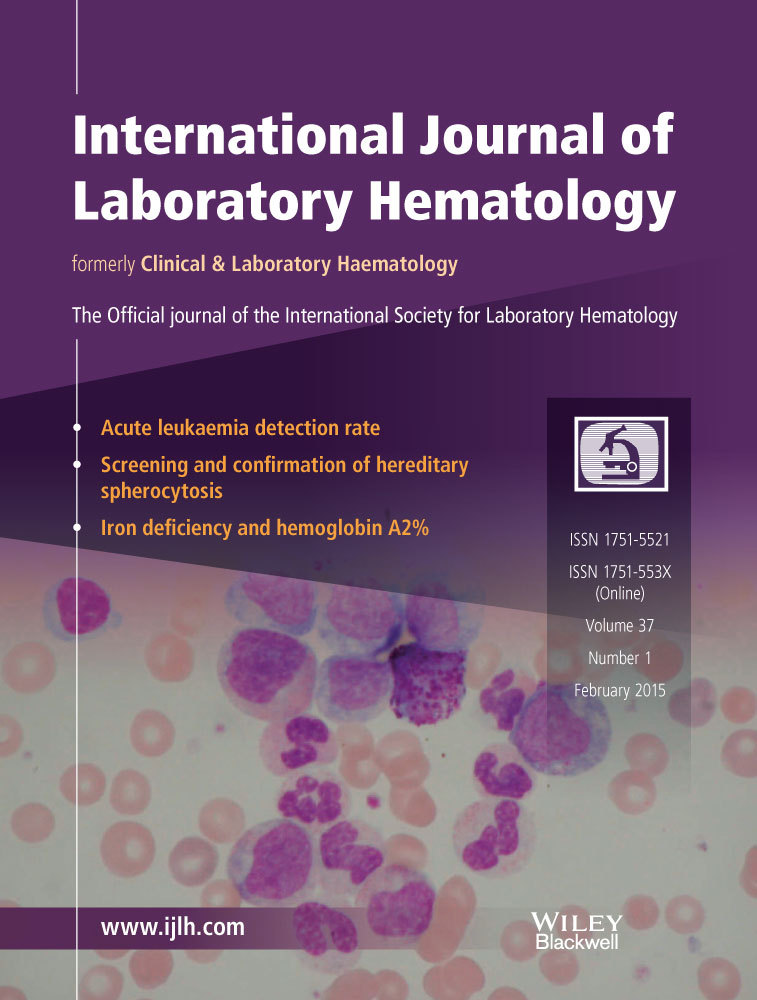Comparison of performances of five capillary blood collection tubes
Summary
Introduction
The research demonstrated the way to compare performances of five capillary blood collection tubes for capillary blood collections among patients with pediatrics utilizing the Clinical and Laboratory Standards Institute (CLSI) document EP9-A2.
Methods
A questionnaire survey was distributed to evaluate the accessibility and reliability of capillary blood collection tubes from different sources. Visual examination, microscopic examination of blood smears, and instrumental analysis were performed to evaluate the blood sample quality in different tubes. The background test, comparison test, and reliability test were used to analyze the engineering quality and the performance of additives in the tubes, and to determine the reliability of the tubes in routine blood tests.
Results
The tubes of brand A were found to be easy to access, with a shorter blood collection time and greater acceptability by users, and the quality of blood samples in those tubes was superior, with no coagulation and less blood cell disruption.
Conclusion
Commercially available capillary blood collection tubes were superior to ‘in-house’ tubes. In clinical practice, ‘in-house’ capillary blood collection tubes are not recommended. The guideline of ‘method comparison and bias estimation using patient samples’ from CLSI could also be used in comparing the performances of capillary blood collections.




